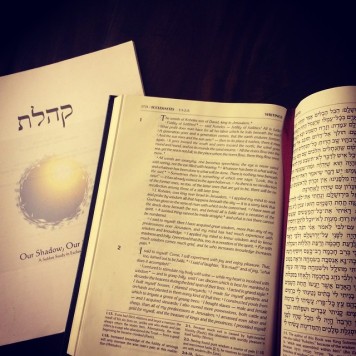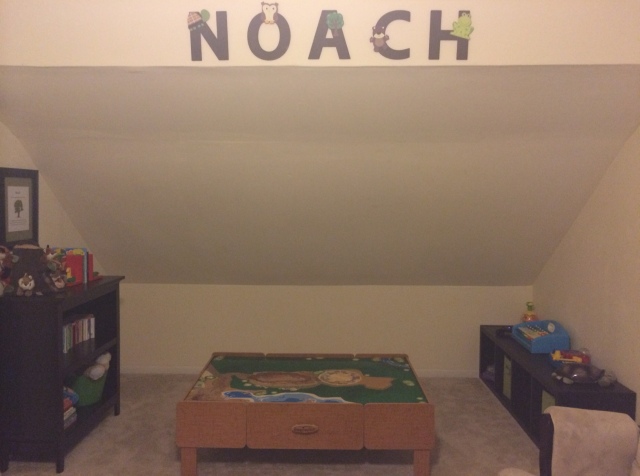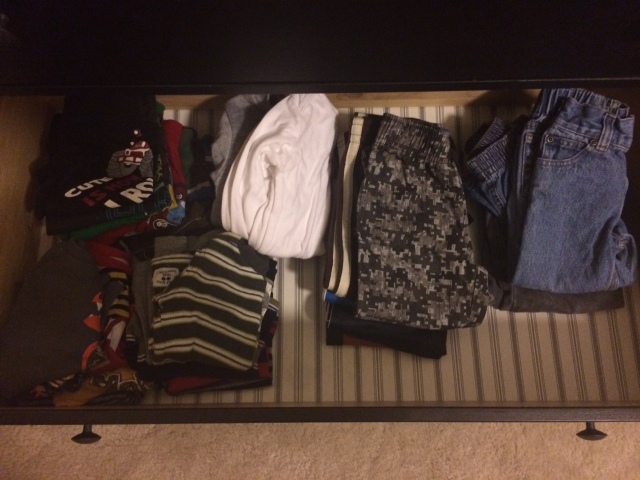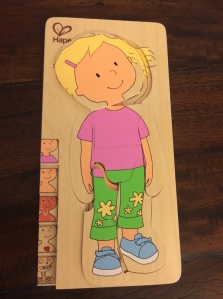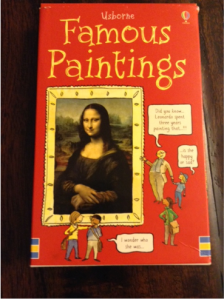I am not a confrontational or outspoken person. However, I have strong values and if I deem something worth talking about it is because I am very passionate about it.
A few days ago I read a blog post on the topic of being a strong woman and navigating feminine relationships. It didn’t sit right with me. I tried for a few days to ignore my own voice on this subject, unsuccessfully. Sometimes, things are better left unsaid. Sometimes, the opposite is true.
In this case, I feel like I owe it to the women in my life to share a different perspective on what feminine strength looks like in practice, at least to me.
A strong woman is… the little girl who grew up in a home without boundaries and became a loving mother and wife who managed to establish healthy boundaries for her own family.
A strong woman is… the woman who got up out of bed after chemo treatments to care for her terminally ill mother and work a full-time job while fighting for her own life.
A strong woman is… the woman who had the bravery to leave an abusive marriage and her dream behind, uncertain of the future for her and her child.
A strong woman is… the widow who lived simply so she could give more.
A strong woman is… is the Rebbetzin who shares her husband with the entire community and carries the weight of everyone on her shoulders.
A strong woman is… the convert who came from another country and gave up everything familiar to serve Hashem.
A strong woman is… the woman struggling with infertility yet she is happy for other mothers despite her own longing.
A strong woman is… the mother of three whose youngest child she just learned has a life-altering rare disease. Yet she musters up the strength, courage, and faith to keep advocating for her child and never stop… despite her own deep pain and crushed dreams.
A strong woman is… the mother who tragically lost her child. Yet she gets out of bed and dutifully fulfills her role as a social worker and helps teens in crisis pregnancy situations.
A strong woman is… the woman who created a whole movement and organization to build up other women and encourage them to live their truth, share their gifts, and bring about redemption.
A strong woman is… the mother of an off the derech child who is capable of loving unconditionally.
A strong woman is… the woman who founded a company to train other women to do what she does and isn’t afraid of creating her own competition. She just wants to see other women succeed.
A strong woman is… the woman who has to be the primary breadwinner because she supports her husband in kollel.
A strong woman is… the woman working three jobs to send her kids to yeshivot and seminary.
A strong woman is… the woman whose house has flooded three times in three years yet she remains grateful, kind, and determined to rebuild and stay in her community.
A strong woman is… the woman who is still waiting to find her partner in life. Yet in the meantime doesn’t sit ideally by. She is doing things and going places. Making a difference.
A strong woman is… the woman who became a doctor and helps people day in and day out with her knowledge.
A strong woman is… the woman who suffered a miscarriage mid-pregnancy after rounds of IVF and years of waiting yet exudes joy and emunah.
A strong woman is… the helper behind the scenes always making sure things get done. She doesn’t need recognition for her good deeds or a handwritten thank you card to know she is valued.
A strong woman is… the woman who survived sexual and emotional abuse as a child and now helps bring healing and wholeness to other women.
A strong woman is… is the mother whose child was murdered in their bed by a terrorist. Yet at the leveya, she spoke like a Navi.
A strong woman is… the woman fighting a losing battle with pancreatic cancer and giving shiurim on emunah simultaneously.
A strong woman… is the woman with the fiery Israeli personality who speaks her mind and endears you to her for it. She is as fiercely kind as she is opinionated.
A strong woman… is the woman who never had children but is the Ima of a community and teaches Torah to her adopted daughters.
I could go on.
I know all of these women by name.
They live all different lifestyles.
Some religious. Some not.
Some full-time homemakers. Some #bossbabes.
Some super organized. Others – not so much!
The common denominator with all of the strong women in my life is: their strength never makes me feel weak. Being in their presence is an uplifting experience.
Most of them, likely, would have too much humility to regard themselves as exceptionally strong and most certainly would not regard the majority of women outside their circle this way,
“…fragile, emotional creatures. They look out at the world with a trace of confusion, timidity, or exhaustion. They give off the impression of being ready to fall apart at a moment’s notice. They could never be expected to keep up with the demands of daily life. They need, or appear to need, help.”
If you showed up on their doorstep and asked them to teach you their ways … they would probably give you a funny look and invite you into their half-organized homes because they don’t live in museums… they live life.
The post that inspired this response exhibited a very narrow worldview of what it means to be a strong woman. While, I agree in part that motherhood, marriage, being opinionated, and highly organized are indicative of strength… it is by far the only description of a strong woman. If fact, I don’t think I know a single woman I wouldn’t consider to be strong.
What I do know… strong women are never strong at another woman’s expense.
Strong women don’t usually talk about how strong they are. Strong women often don’t feel very strong. (If you feel strong, it is possible that you never experienced the challenges others have had.) Strong women lift others up not tear them down. Strong women are able to have mutually fulfilling relationships with other strong women.
My Rabbi always says in his talks on interpersonal relationships (of which a good portion of the Torah is dedicated to), “If people like you… Hashem likes you. If people don’t like you…” You get the point.
Navigating any relationship present challenges as we are all at different levels of our own personal development. Sadly there are a lot of broken and unhealthy people out there. However, if you are a woman who considers herself to be strong but repels other women… then it is possible that you are channeling something other than virtuous strength.
I think this image that showed up on my Instagram feed sums up it up nicely…

Another variation of this quote says, “Be the woman who fixes another woman’s crown without telling the world it was crooked.”
I think when women can live this out… that is when they are the strongest. That is when they are a true reflection of the imahot. And that is why it is written, “it is the merit of righteous women redemption will come.”
So to all the strong women… I like your crown. Keep on keeping on! YOU ARE AMAZING!













